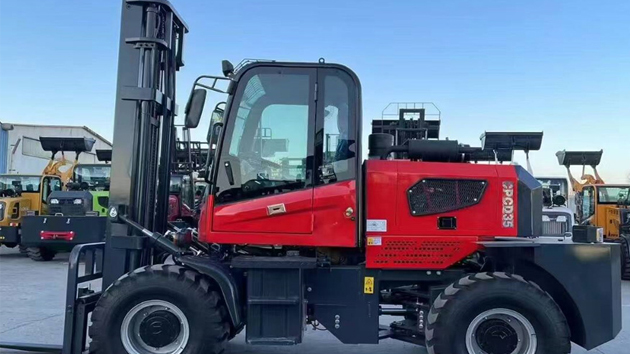The Economic Impact of Small Loader Pricing in Modern Construction
2025-07-28 04:30:26
The small loader price range varies widely depending on brand, capacity, and technological features. Industry data from 2023 indicates that entry-level models start at $25,000, while high-performance units can exceed $70,000. This disparity underscores the importance of aligning equipment selection with project requirements. Market analysts attribute recent price increases to supply chain disruptions and rising material costs, particularly for steel and hydraulic components.
A key driver of small loader price adjustments is fuel efficiency. Models with advanced hybrid or electric powertrains command a 15-20% premium over traditional diesel variants. However, long-term savings in operational costs often justify the higher upfront investment. For example, a Tier 4-compliant small loader reduces fuel consumption by up to 30%, directly impacting total cost of ownership. Businesses must weigh these factors against their expected utilization rates to optimize procurement decisions.
Regional demand also influences small loader price trends. Emerging markets in Southeast Asia and Africa report growing adoption due to urbanization projects, creating competitive pricing pressures among manufacturers. In contrast, North American and European buyers prioritize automation-ready features, such as telematics and autonomous operation, which add 10-12% to baseline costs. Industry forecasts predict a 6.8% CAGR in the global small loader market through 2028, further intensifying price sensitivity among buyers.
Financing options play a critical role in mitigating small loader price barriers. Leasing programs and manufacturer-backed loans now cover 45% of purchases, according to EquipmentWatch. These solutions help contractors preserve capital while maintaining fleet flexibility. Additionally, the secondary market for refurbished small loaders offers cost savings of 30-50%, though buyers must account for maintenance liabilities. As technology evolves, lifecycle cost analysis remains essential for balancing performance expectations with budget constraints.














